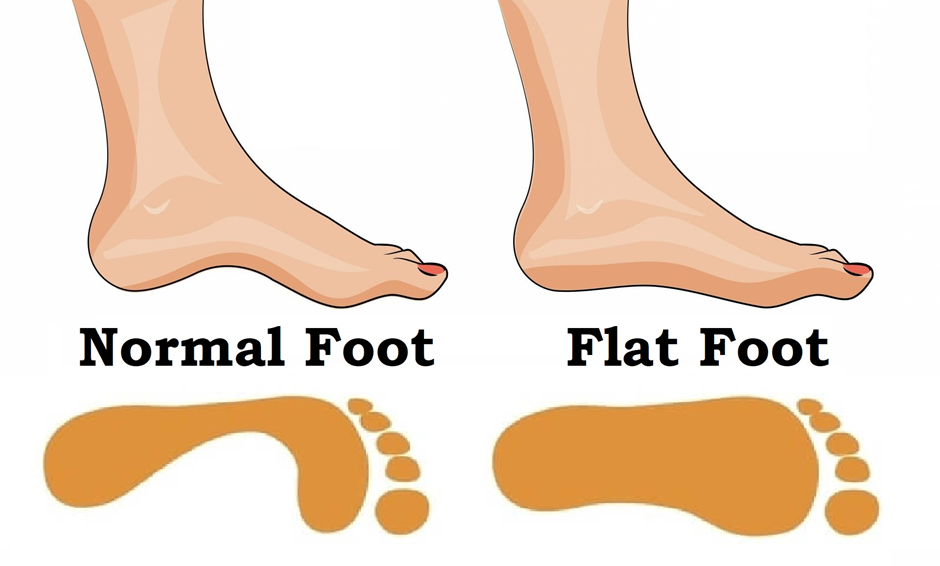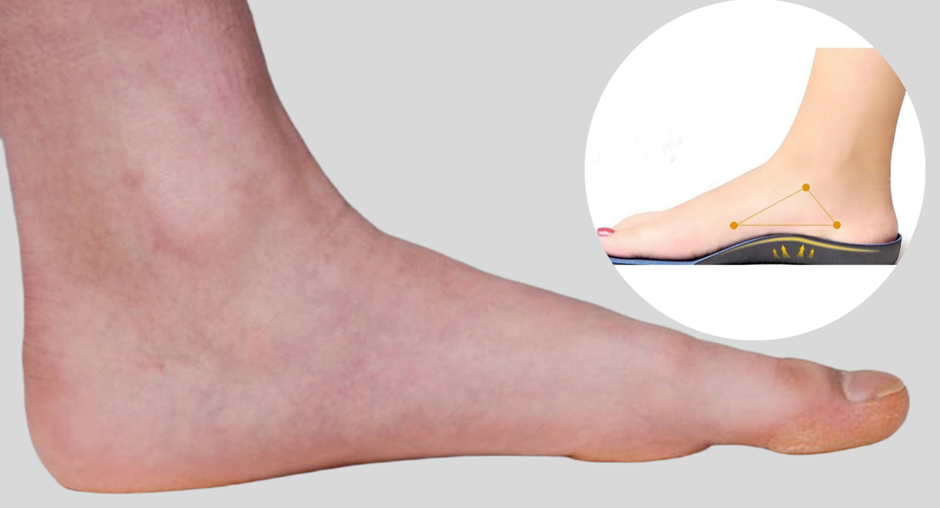How much are custom orthotics?
Custom orthotics can cost anywhere from $400 to $800. The cost of an orthotic depends on several factors, including the size of the orthotics, production materials, the hourly or fixed fee of podiatrists and other medical professionals involved in the building process, the extent of the feet' deformity, and so on. This article will explore all these factors and how they influence the price of a custom orthotic device.
Custom Orthotics
The price of a custom orthotic depends on the customization. A patient will also incur casting costs and consultation and may incur replacement costs if the orthotic has a fault. Custom orthotics are the most expensive, costing from $400 to $800. Factors that affect the price of custom orthotics include:
-
Materials: Materials like carbon fiber, polypropylene, gel and foam, cork, and EVA are high-end and cost considerably more than low-end materials.
-
Design: Orthotics with features like heel lifts, metatarsal pads, and wedges take longer and are often built in high-end labs, increasing their cost.
-
Medical consultation costs: Custom orthotics are created by medical professionals like podiatrists, and each hospital or medical center you visit has its pricing policy. Specialists with more experience and training charge more. You may also incur separate fitting costs.
-
Condition of the feet and limbs: Orthotics needed for comfort can be bought over the counter; however, if you have severe foot conditions like degenerative overpronation, plantar fasciitis, bunions, peripheral neuropathy, and rigid feet, you will need custom orthotics made with the help of specialists.
-
Insurance: Your insurance plan may cover all or part of the cost of getting orthotics. You’d typically find such information in the DME (Durable Medical Equipment) section. Coverage covers orthotics created to treat, relieve, or stop further deformation of foot conditions. This means that your insurance may not cover orthotics bought over the counter. Your insurance company may require doctor’s prescription notes and other documentation before coverage.
Custom Versus Prefabricated Orthotic
A custom orthotic typically costs more than a prefabricated orthotic. A prefabricated orthotic is mass-produced and is often sold over the counter in pharmacies or online. On the other hand, custom orthotics require a specific and careful building process. First, your podiatrist must take an impression of the patient's foot. Second, the impression is sent to an orthotic laboratory, where it's used to build the device. A prefabricated orthotic is also relatively cheap compared to a custom orthotic because a patient does not need a prescription to purchase one.
Things to Consider When Purchasing a Prefabricated Orthotic
-
You can find prefabricated orthotics on online stores for as low as $28. Depending on the material used, high-end prefabricated orthotics cost $40 to $60.
-
While online stores may offer discounts and competitive pricing, buying in pharmacies allows you to feel the texture and quality of the material.
-
If you buy from an online store, check the seller's ratings, reviews, and product descriptions to ensure you get value for money spent.
While prefabricated orthotics may be cheaper alternatives, they do not provide the quality and durability of custom ones. Moreover, custom orthotics can only be gotten through a doctor’s prescription — and it’s important to have a healthcare professional take a look at our feet, even if the pain or discomfort is mild.
Semi-Custom Orthotics
Semi-custom orthotics cost between $60 and $300. While prefabricated, these orthotics can have custom features like metatarsal pads and heel lifts. These are excellent options for people looking to save some money while getting better products than fully prefabricated orthotics.
Treatment Options that Complement Custom Orthotics
If you suffer severe deformities, you should visit a doctor. Beyond building custom orthotics, doctors can recommend other treatment options like exercise, foot massage, and surgery. An orthotic cannot always be the best solution for foot problems, and while they may provide relief, there may be other long-term considerations.
Surgery: Some deformities may require surgical intervention. It's usually best to detect, diagnose, and treat such deformities early enough in a patient's life – before they worsen.
Foot massage: Massage therapy is excellent for foot conditions like foot tightness and muscle strain, plantar fasciitis, and pes planus.
Physical therapy: Physical therapy helps with conditions like plantar fasciitis.
Exercise and stretching: Exercising the muscles of your feet can help with conditions like flat feet and overpronation. With exercise, a patient will eventually gain control of the small arch and restrict uncoordinated foot movements. Athletes like Usain Bolt and the late Kobe Bryant suffered from flat feet yet achieved astounding feats due to physical therapy, stretching, and exercises to strengthen foot muscles.
Manipulative massage therapy: This therapy manipulates small muscles in the foot, strengthening the ones that need to be firm and improving the flexibility of the others.
Shoes: Conditions like flat feet worsen when patients wear the wrong shoes. It's essential to wear shoes with wide toe gaps. Shoes with wide toe gaps allow the toes to spread, ensuring they can press firmer to the ground and control foot movement.
Price Verses Quality: Buying the Right Orthotics
While you may opt for cheap orthotics bought without a prescription, such devices may not perfectly fit and can worsen your condition. Below are things to consider before purchasing an orthotic.
Consult a healthcare professional: Depending on the condition of your foot, healthcare professionals may recommend OTC orthotics or custom orthotics. Do not self-medicate—consult professionals to get access to the best treatment.
Quality: Orthotics made with the right materials typically last longer.
Foot condition: If your foot condition is mild, a fabricated orthotic or semi-custom orthotic can be the best option. They are cheaper and offer comfort.
Biocompatibility: Always ensure that the material used to create your orthotic is compatible with your skin. Don't buy easily degradable orthotics that can harbour fungi and bacteria and worsen your health.
Cost and Specialists: Ensuring You Get Value for Money Spent
It's essential to match cost with expertise. Some specialists charge ridiculously high for the same or similar procedures. Questions you should ask before choosing a healthcare provider include:
-
How will the impression of my foot be taken? The cost of plaster casting may be higher than that of foam box impression. A podiatrist that uses machines to take pictures of your foot and generate 3D images from the picture may charge higher than the others. Be sure that you are receiving value for your money.
-
What laboratory will the podiatrist send my impression to?
-
What materials will be used?
-
What’s the expertise of the doctor?
-
Does my insurance company have preferred hospitals?
Conclusion
Prices of custom orthotics vary depending on several factors, such as the material used, the type of orthotics, and foot conditions. If you decide on custom orthotics, set aside funds for consultation, fitting, and replacement, ensuring the device perfectly fits and helps with your condition. Patients must not sacrifice quality for price, as cheap orthotics are made with inferior materials, quickly become faulty, and may not be covered by insurance.




